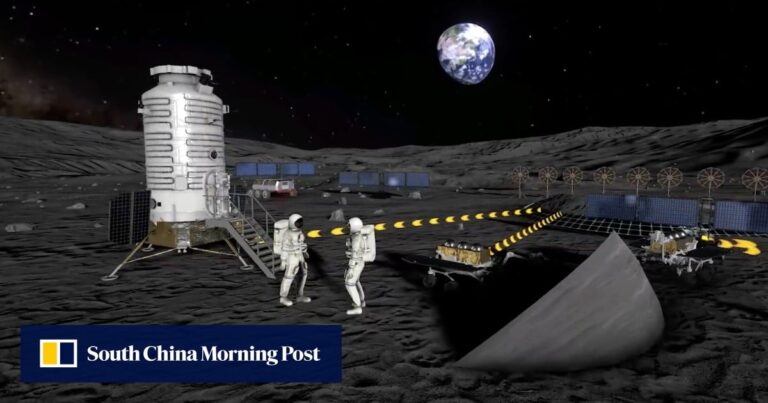Robert Fey-Siebenburgen, president of the Hungarian Solar Physics Foundation, signed a memorandum of understanding on ILRS cooperation with officials from China’s Hefei Institute of Deep Space Exploration on Friday, the institute’s official WeChat account reported.
Before the signing ceremony, Fei-Siebenbergen and her delegation held discussions with institute leaders, including Wu Yanhua, chief designer of China’s deep space exploration missions, according to the institute.
Wu provided an overview of the institute and the latest developments in China’s space missions. Fei Siebenbergen said he was “impressed by China’s achievements” and explained the foundation’s main activities, international cooperation and future plans, the institute said in a statement. The statement did not say what contribution the foundation will make to the ILRS project.
This month, Kazakhstan’s space agency, KazCosmos, signed an agreement with China’s space agency during Chinese President Xi Jinping’s visit to the country. The two countries will cooperate on the ILRS and share space data and, potentially, launch sites.
Meanwhile, the US-led Artemis program, which aims to build a permanent lunar base and is often seen as a rival to the ILRS, has led 43 nations to sign the Artemis Accords. KazCosmos is not a signatory to the Artemis Accords.
China and the United States are committed to sending astronauts to the moon in the coming years: NASA’s Artemis 3 mission is targeted for launch in September 2026, and China has said it plans to conduct a manned lunar landing by 2030.
The Hungarian Solar Physics Foundation is a non-profit organization for research and education in solar physics based in the city of Gyura. Founded in 2016, its main activities are centered around two solar observatories: the Bai-Zoltán Solar Observatory in Gyura and the Šenk-Jabák Solar Observatory in Balatonléndes.
According to the Institute for Deep Space Exploration, the foundation plays a leading role in the fields of solar and heliospheric physics and collaborates extensively with Chinese institutions such as the Chinese Academy of Sciences and the University of Science and Technology of China.



